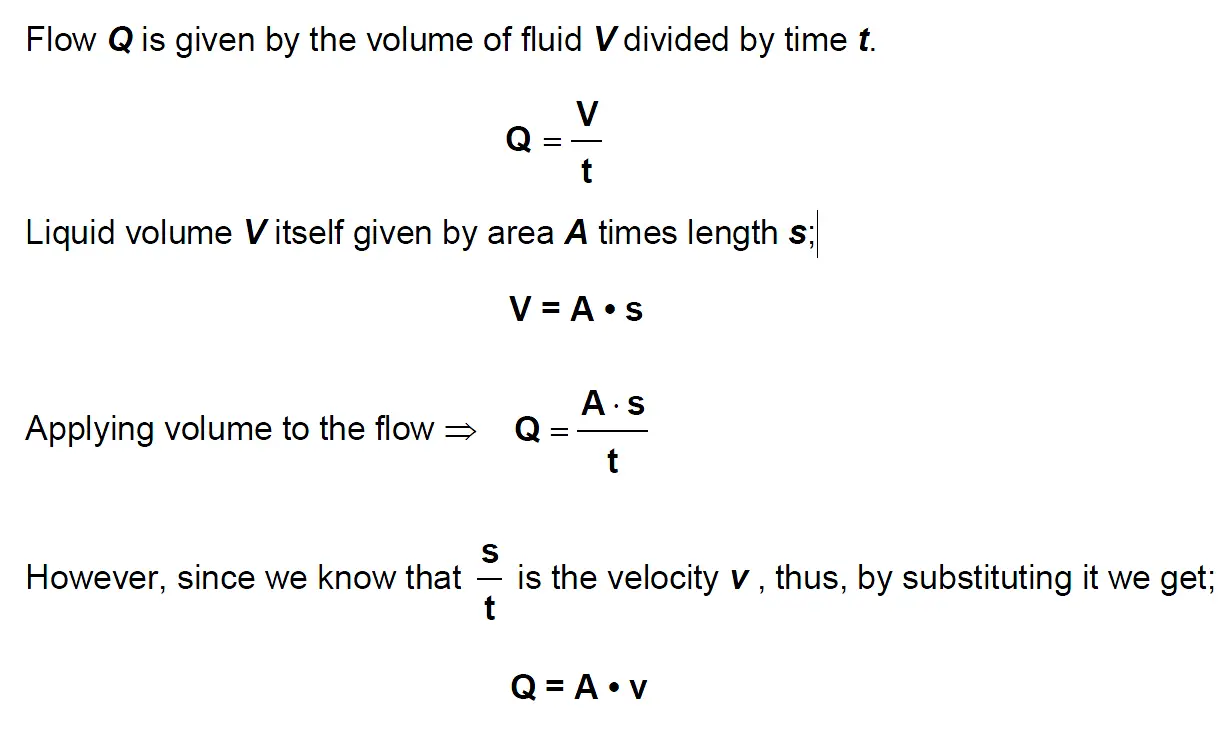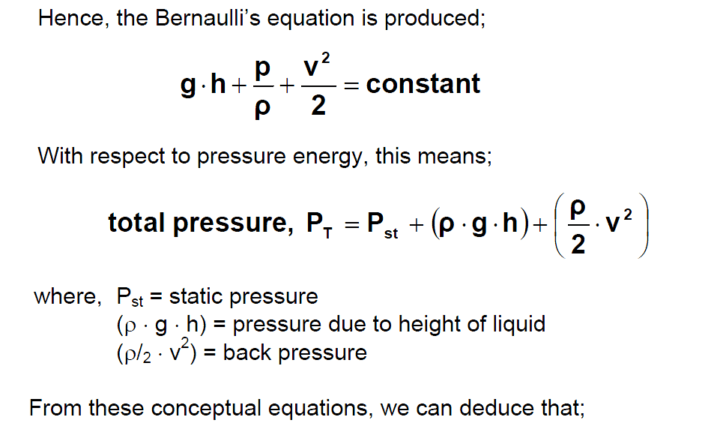Flow measurement has a history of about 3000 years. It has been studied only in the last 200 years and in the last 30 years all the new techniques have evolved.
There is now a wide variety of methods available to measure the flow of liquids, solids, gases, and vapours.
Flow Measurement
There are three different flow quantities to be measured.
- The actual velocity of the fluid at a given point (measured in meters per second).
- The volume rate of flow (measured in meters cubed per minute).
- The mass flow rate (measured in kilograms per second).
It is also possible to measure total flow which is the total volume or mass which has flowed in a set time period.
Fluid flow metering systems provide vital information for the following purpose
- Production Planning: the quantities of products supplied to customers generally vary according to seasonal demand. Usually, an average rate of production is planned on a calendar day which takes into account any periods of shutdown necessary for maintenance and inspection.
- Product Quality: flow controllers are necessary for the proportional blending of intermediate products to produce on-specification finished products of consistent quality.
- Control of Process: sometimes flow meters are used for control of some other main process variables. For example in the Separator column, liquid levels are kept constant by varying the flow rate of the process in columns are also kept constant by varying the flow rate of the process fluid passing through them. Pressure in the column is also kept constant by varying the flow rate of the cooling medium.
What is Flow?
Flow is defined as fluid (liquids or/and gases) in motion.
Factors Affecting Flow Rates in the Pipes
The major factors affecting the flow of fluids through pipes are:
- the velocity of the fluid.
- the friction of the fluid in contact with the pipe.
- the viscosity of the fluid.
- the density of the fluid.
Fluid velocity
Fluid velocity depends on the head pressure which is forcing the fluid through the pipe. The greater the head pressure, the faster the fluid flow rate (all other factors remain constant), and consequently, the greater the volume of flow.
Pipe size also affects the flow rate. For example, doubling the diameter of a pipe increases the potential flow rate by a factor of four times.
Pipe friction
Pipe friction reduces the flow rate of fluids through pipes and is, therefore, considered a negative factor.
Because of the friction of a fluid in contact with a pipe, the flow rate of the fluid is slower near the walls of the pipe than at the center. The smoother, cleaner, and larger a pipe is, the less effect pipe friction has on the overall fluid flow rate.
Viscosity
Viscosity (η), or the molecular friction within a fluid, negatively affects the flow rate of fluids. Viscosity and pipe friction decrease the flow rate of a fluid near the walls of a pipe. Viscosity increases or decreases with changing temperature, but not always as might be expected. In liquids, viscosity typically decreases with increasing temperature.
However, in some fluids viscosity can begin to increase above certain temperatures. Generally, the higher a fluid’s viscosity, the lower the fluid flow rate (other factors remaining constant).
Viscosity is measured in units of centipoise. Another type of viscosity, called kinematic viscosity, is measured in units of centistokes. It is obtained by dividing centipoise by the fluid’s specific gravity.
Density
The density (ρ) of a fluid affects flow rates in that a more dense fluid requires more head pressure to maintain a desired flow rate.
Also, the fact that gases are compressible, whereas liquids essentially are not, often requires that different methods be used for measuring the flow rates of liquids, gases, or liquids with gases in them.
It has been found that the most important flow factors can be correlated together into a dimensionless parameter called the Reynolds Number.
Understanding Flow
The Flow Law
If liquid flows through a pipe of varying diameters, at any particular time the same volume flows at all points. This means the velocity of liquid must increase at a narrow point (see figure below).




Energy Balance in Flow
Back to the principle that energy is conserved within a system; it may just change from one state to another, the same principle applies to the flow within a flow closed-system. Consider the Below Diagram :

A liquid with a density of ρo flows constantly in a pipe with reducing diameters from A to B. Two points on the pipe were tapped with a small tube, namely Tapping 1 & Tapping 2, and resulted in two different levels of pressure.
The Law of Conservation of Energy, with respect to a flowing fluid, states that ‘the total energy of a flow of liquid does not change, as long as the system is kept closed (no external influences)’.
Neglecting the types of energy which do not change during flow, the total energy is made up of;
i. Potential Energy (due to position, and dependent on the height of the head of liquid and on static pressure, equals to m·g·h).
ii. Kinetic Energy (due to movement, and dependent on the velocity of flow and on back pressure, equals to ½mv²)

If the velocity increases as the cross-section decreases, movement energy increases. As the total energy remains constant, potential energy and/or pressure must become smaller as the cross-section decreases.
There is no measurable change in potential energy. However, the static pressure changes, dependent upon the back pressure, i.e. dependent on the velocity of flow.
It is mainly the static pressure that is of importance in a ‘hydro-static system’, as the height of the head of the liquid and the velocity of flow are usually too small.
If you liked this article, then please subscribe to our YouTube Channel for Instrumentation, Electrical, PLC, and SCADA video tutorials.
You can also follow us on Facebook and Twitter to receive daily updates.
Read Next:
- Types of Flow Devices
- Coriolis Mass Transmitter
- Paddle Wheel Flow Meter
- Flow Nozzle Principle
- Venturi Meter Animation
Very nice Details about flow. its totally Practical so helpful in plant Instrumentation.
Thankx Bhardwajji.
Could you please share thoughts on what sort of equipments are typically used for flow rate measurement? Cheers.